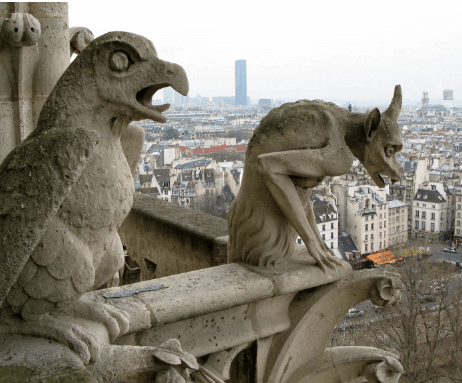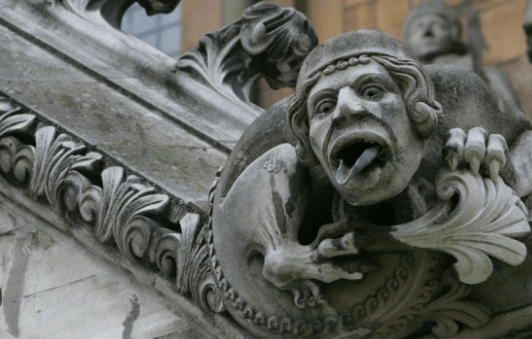Art:8zeqc8lpyse= Gargoyle

Art:8zeqc8lpyse= Gargoyle, with their intricate designs and historical significance, represent a fascinating intersection of art and architecture that has evolved over centuries. Originally serving as functional water spouts on Gothic cathedrals, these sculptures have transformed into enduring symbols of protection and artistry. Their rich narrative invites exploration into how they reflect societal beliefs and fears, while contemporary interpretations challenge our understanding of individuality and freedom. As we consider the evolving role of gargoyles in both historical and modern contexts, what might this reveal about our current cultural landscape?
Historical Origins of Art:8zeqc8lpyse= Gargoyle
The historical origins of Art:8zeqc8lpyse= Gargoyle reveal a fascinating interplay between functionality and artistry in medieval architecture.

Emerging from gargoyle mythology, these sculptural water spouts served both practical and symbolic roles, directing rainwater away from structures while embodying spiritual guardianship.
Their intricate designs reflect cultural beliefs and artistic expression, showcasing how medieval architects fused utility with the profound, thus enriching the architectural narrative of the era.
Architectural Significance
Art:8zeqc8lpyse= Gargoyle hold a crucial architectural significance in the context of Gothic cathedrals and other medieval structures.
Read More Aesthetic:46prevgexpy= Presentation Background
Their intricate gargoyle design not only served a functional purpose, directing water away from stone facades, but also exemplified the architectural style of the era.
These ornately sculpted figures enhanced the visual narrative of buildings, merging utility with artistry, and reflecting the spiritual aspirations of their time.
Symbolism and Cultural Impact
Throughout history, gargoyles have transcended their primary function as water spouts to embody a rich tapestry of symbolism and cultural significance.
Serving as mythological creatures, they are often perceived as spiritual guardians, warding off evil and protecting sacred spaces.
Their intricate designs reflect a society’s beliefs and fears, illustrating humanity’s desire for enlightenment amid darkness, and reinforcing their enduring legacy in art and architecture.
Modern Interpretations and Revivals
Emerging from their historical roots, modern interpretations and revivals of gargoyles have redefined their role in contemporary art and architecture.
These contemporary sculptures embrace gargoyle aesthetics, transforming traditional forms into innovative expressions that resonate with current themes of freedom and individuality.
Artists reimagine these figures, infusing them with new meanings, thus bridging the gap between past symbolism and present concerns.
Read More Aesthetic:40ypca3uhiw= Anime Art
Conclusion
Art:8zeqc8lpyse= Gargoyle embody a paradoxical blend of form and function, merging the utilitarian purpose of water spouts with the expressive intricacies of art. These sculptures, once guardians of sacred spaces, now resonate with contemporary themes of individuality and freedom, illustrating a dynamic evolution of cultural significance. The transition from Gothic protectors to modern symbols reflects a continuous dialogue between history and present, revealing the enduring power of artistic interpretation in shaping societal values and beliefs.




